If you’ve ever wondered how hen lay eggs, then you’ve come to the right place! This guide to chicken husbandry provides an in-depth look at how hens produce eggs and how to care for them. We’ll cover topics such as the anatomy of a hen, the egg-laying process, and the best practices for egg collection. With this information in hand, you’ll be able to provide the best environment for your hens to lay eggs and ensure they remain healthy and productive.
Anatomy of a Hen’s Egg
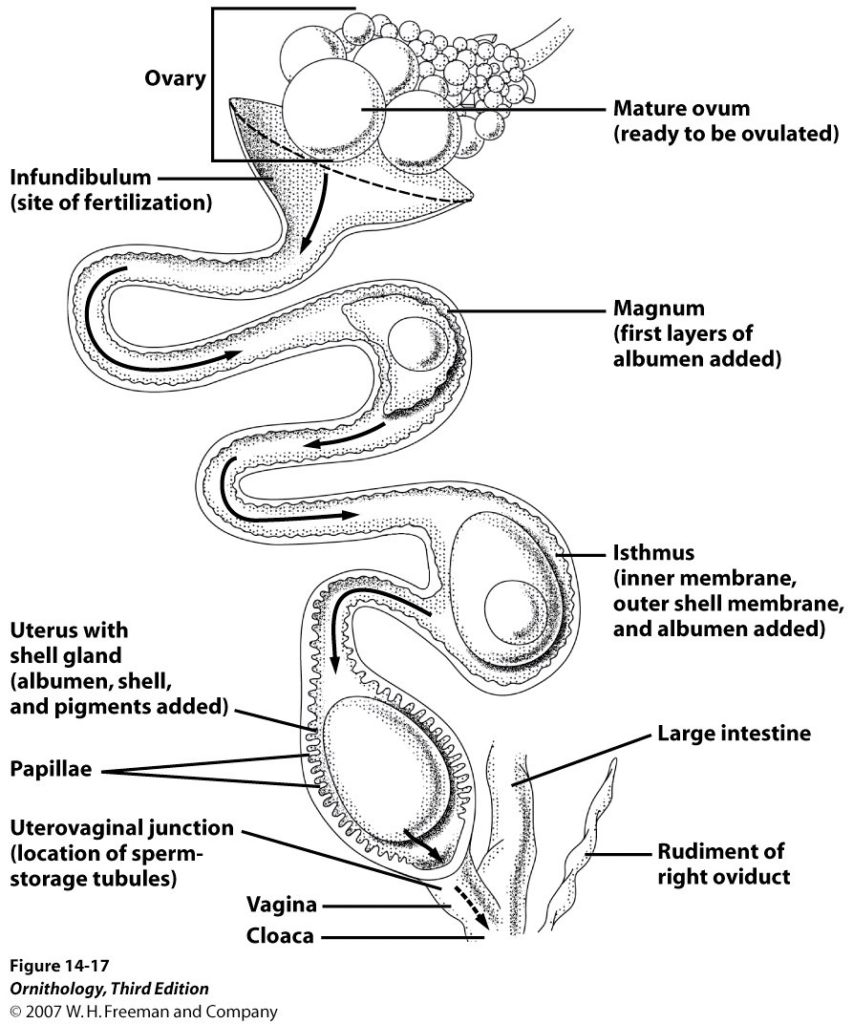
A chicken egg is composed of several different parts. The shell is the hard outer covering that protects the egg. It is made up of calcium carbonate and is porous to allow oxygen and other gases to pass through. Underneath the shell is a thin membrane that separates it from the egg white. The egg white (known as the albumen) is composed of proteins and water and helps to protect the egg yolk from damage. The egg yolk is the nutrient-rich center of the egg. It contains fats, proteins, vitamins, and minerals and is the source of most of the egg’s nutrients. The chalaza is a string of proteins that attaches the yolk to the inner shell membrane, helping to keep the yolk centered in the egg. The air cell forms at the large end of the egg when the egg is laid and is composed of air and water vapor.
Knowing the anatomy of a hen’s egg is essential for successful chicken husbandry. Knowing how do hens lay eggs is the first step in understanding the anatomy of a hen’s egg. A hen lays an egg every 24 to 26 hours and produces an average of five eggs per week. The hen first produces the egg yolk and then adds a layer of albumen, followed by the eggshell and the air cell. The hen then seals the egg by adding the membranes and the chalaza. After the egg is laid, it is important to ensure that it is collected quickly so that it does not spoil.
Factors Affecting Egg Laying
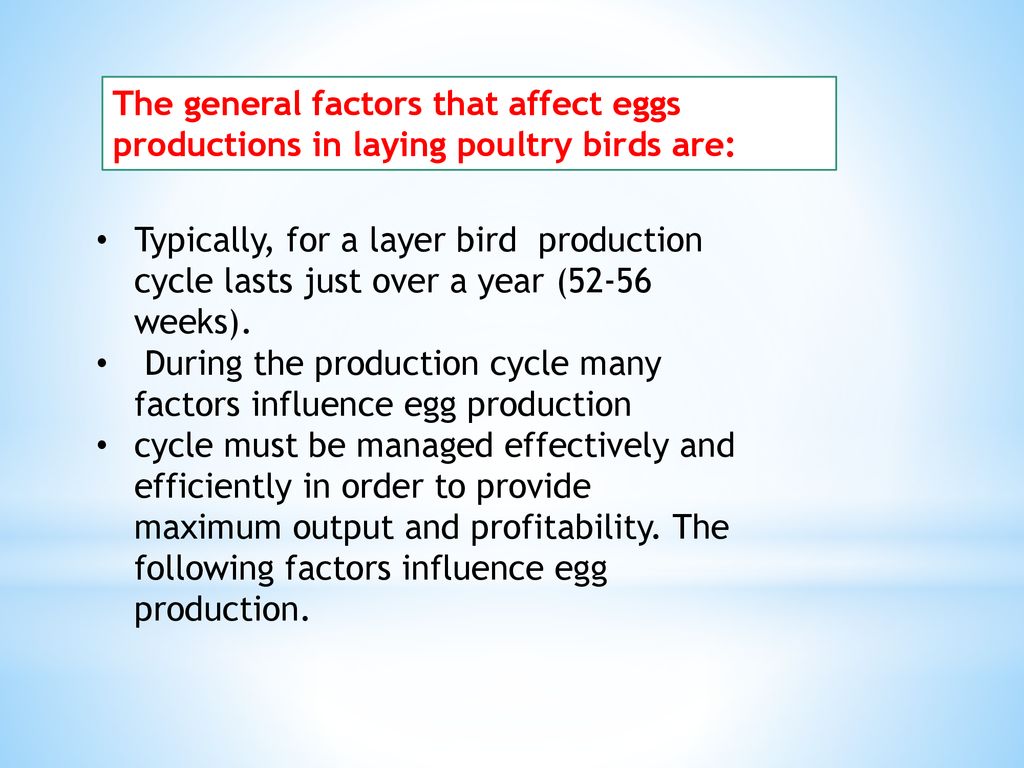
Age
Hens start laying eggs at around 18-20 weeks of age. The age at which a hen begins to lay eggs varies by breed, with some hens laying as early as 16 weeks, while other may take up to 24 weeks. After the first egg is laid, it is common for hens to lay an egg almost daily.
Nutrition
A healthy, balanced diet is essential for hens to lay eggs regularly. Hens should have access to a high-quality layer feed, which is formulated specifically for egg-laying chickens. A layer feed should contain 16-18% protein and have a calcium content of 3-4%. Additionally, hens should have access to plenty of fresh, clean water.
Breeds
Different breeds of chicken lay eggs at different rates. The most prolific egg layers are usually hybrids, such as the Rhode Island Red, which can lay up to 250 eggs in a year. Heritage breeds, such as the Silkie or the Araucana, are less consistent layers and are better suited for backyard flocks.
Environment
Hens need a warm and comfortable environment in order to lay eggs regularly. Ideal egg-laying conditions include a dry, well-ventilated coop, plenty of natural light, and a consistent temperature. Hens should also be provided with plenty of space to roam, as this helps to keep them healthy and active.
Egg-Laying Cycle
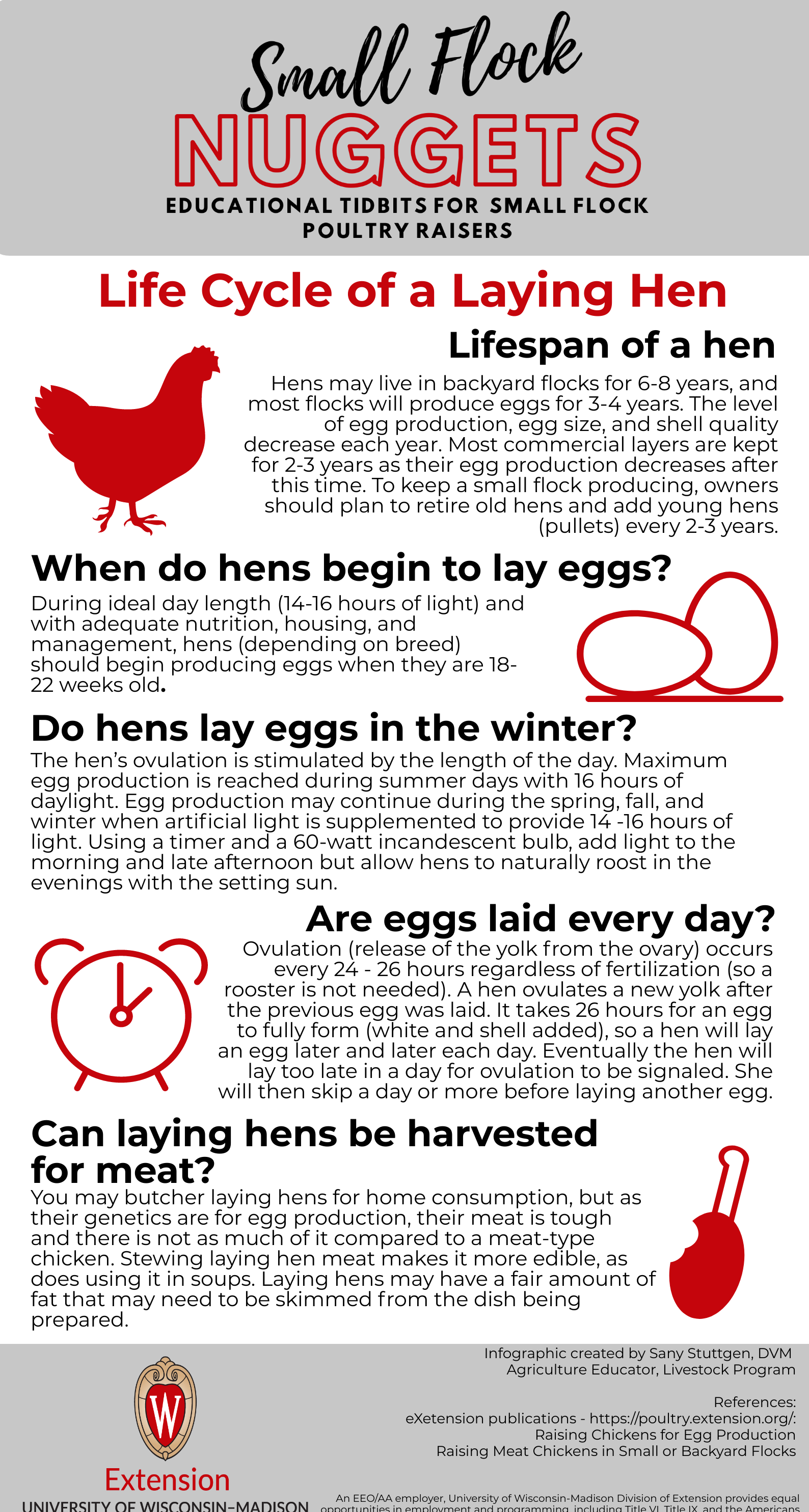
Chickens can lay eggs every day, but typically go through a cycle of laying every 18 to 24 days. During the time when they are not laying, chickens are in a moult and do not lay any eggs. They may also stop laying eggs during the hottest months of the year when temperatures become too hot for them to lay eggs.
The average lifespan of a laying cycle is around 26 weeks and it is during this time that the majority of eggs are laid. After this time, the number of eggs laid per day begins to decline, and eventually the chickens will stop laying eggs altogether.
- Chickens need a balanced diet in order to lay eggs regularly. This includes a variety of grains, vegetables, and proteins.
- Light plays a major role in the egg-laying cycle. Chickens need around 14-16 hours of light a day to lay eggs.
- Age is also an important factor. Younger chickens tend to lay more eggs than older chickens due to the fact that their hormones are still developing.
- Stress can also interfere with the egg-laying cycle. If a chicken is stressed or scared, it may not lay eggs for a few days or weeks.
Egg Collection and Storage
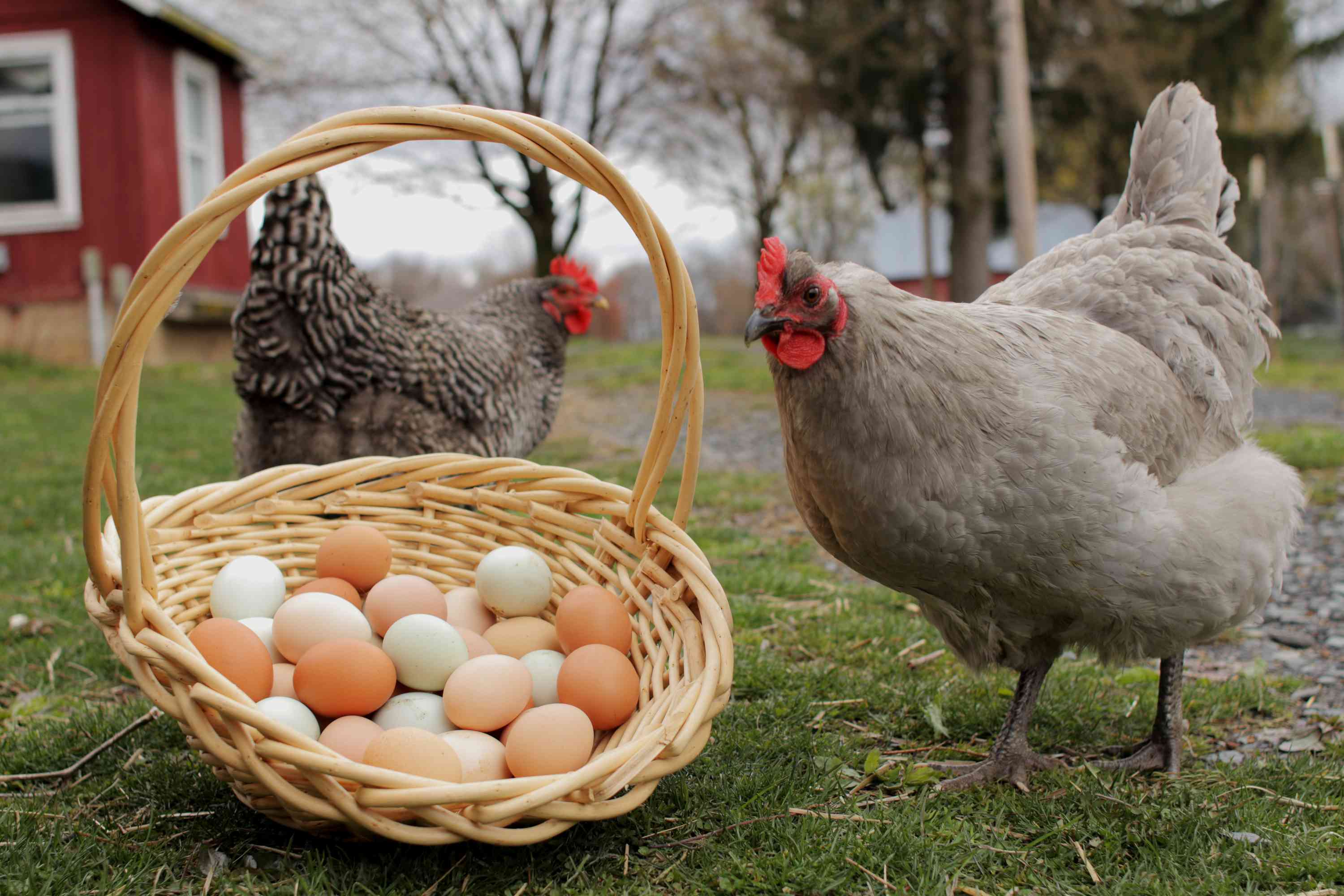
- Collect eggs often and quickly – Collecting eggs regularly (twice a day) is important to ensure that they remain in good condition. Collecting eggs quickly and efficiently is also important to prevent them from becoming dirty or damaged.
- Check eggs for cracks and defects – Inspect each egg you collect for any cracks or defects. Discard any eggs that have cracks, as these can be a source of bacterial contamination.
- Keep eggs cool – Eggs should be kept in a cool, dark place, such as a refrigerator. This will help to keep them fresh and prevent spoilage.
- Wash eggs before use – Before using eggs for cooking or baking, it is important to wash them thoroughly with warm water and a mild soap. This will help to remove any dirt or bacteria from the shells.
- Store eggs in the carton they came in – It is best to store eggs in the carton they came in. This will help to protect them from being cracked or broken and will also help to keep them fresh.
- Don’t wash eggs before storage – It is important not to wash eggs before storage, as the water can cause the protective coating on the shells to be washed away. This can lead to bacterial contamination.
- Keep track of egg use-by dates – Eggs should be used within three weeks of purchase. Make sure to keep track of the date of purchase and mark the date on the carton or egg carton so that you can easily tell when to discard the eggs.
Hen Health and Welfare
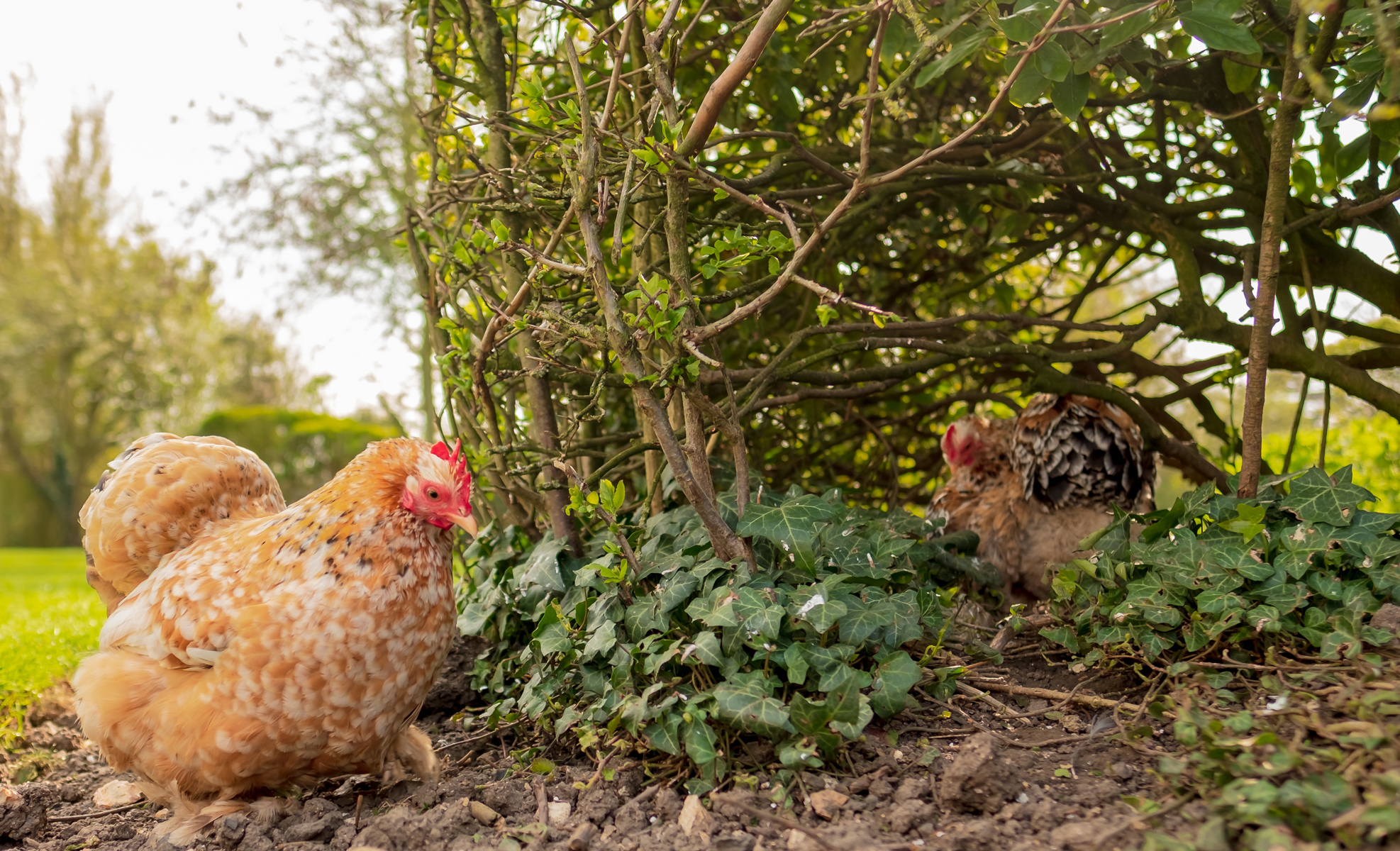
Housing
Ensuring proper housing for your hens is essential in providing them a safe and healthy environment. The best housing type is a well-ventilated, spacious coop, preferably with access to an outdoor run. The housing should also be kept clean and dry to prevent health issues.
Predators
It is important to keep your hens safe from predators. This can be done by ensuring the housing is well-built and secure, and that the area is regularly monitored for signs of a predator. It is also beneficial to install an electric fence to keep predators out.
Disease
Regularly monitoring for signs of disease and providing preventative care is essential for hen health. Vaccinating your hens against common illnesses and providing them with a balanced diet are key factors in keeping them healthy. It is also important to maintain good biosecurity practices to reduce the risk of disease spread.
Breeding
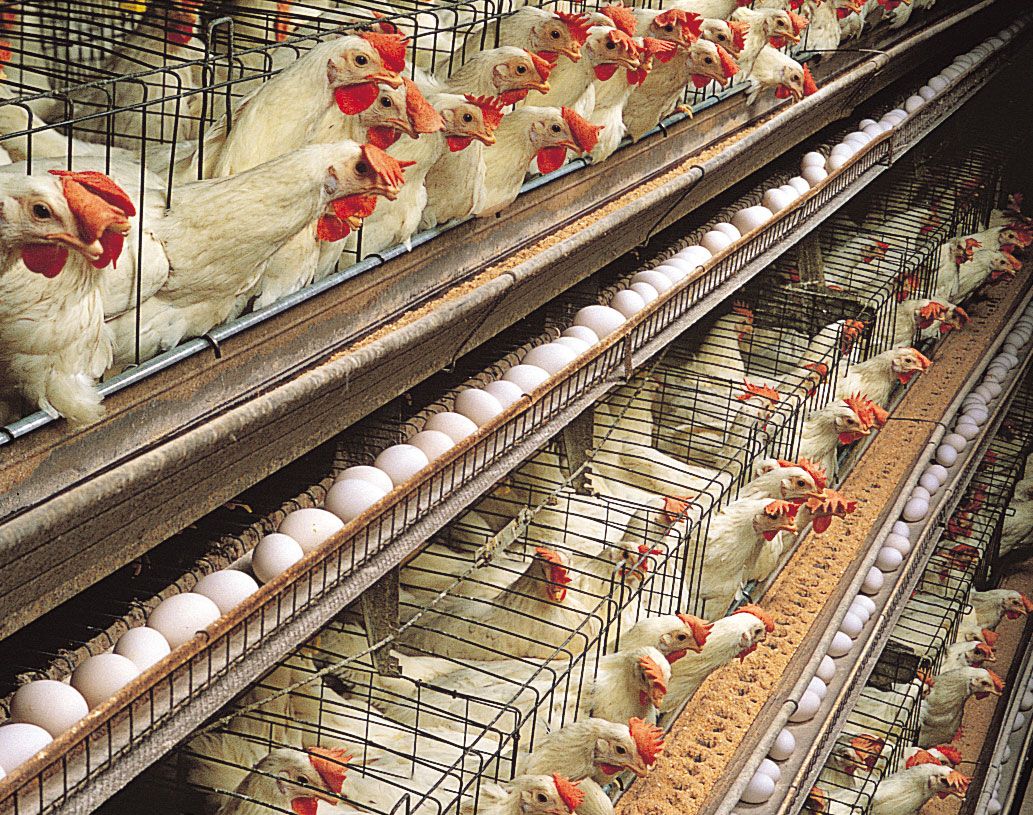
Choosing the right breed of chicken is essential for successful egg-laying. Some breeds are more prolific in laying eggs than others. In general, the most popular breeds of egg-laying chickens are:
| Breed | Number of Eggs |
|---|---|
| Leghorn | 280-300 eggs per year |
| Rhode Island Red | 250-280 eggs per year |
| Hamburg | 200-250 eggs per year |
| Plymouth Rock | 190-200 eggs per year |
Other breeds, such as Orpington, Sussex and Wyandotte, are also good egg-layers but they produce fewer eggs than the breeds listed above.
When selecting a breed of chickens, consider the size of the birds, their egg-laying capacity, and their temperament. For example, Leghorns are small and active birds that lay a lot of eggs, while Plymouth Rocks are larger and more docile, but lay fewer eggs.
Processing and Marketing
- Eggs are a major agricultural product: In the United States alone, over 8 billion eggs are produced annually from approximately 280 million laying hens.
- Eggs are collected several times a day: Eggs are collected from the laying boxes several times a day, generally in the morning and evening.
- Eggs are graded for quality: Eggs are graded for quality based on size, shape, color, shell strength and quality of the egg white and yolk.
- Eggs are washed and sanitized: After grading, eggs are washed and sanitized with a mild detergent and warm water.
- Eggs are sorted and packaged: Eggs are then sorted and packaged according to their size and quality.
- Eggs are cooled: Eggs are cooled to a temperature of 40°F (4°C) or lower to preserve their freshness and extend their shelf life.
- Eggs are transported: Eggs are transported to retail stores, restaurants, and other customers.
Frequently Asked Questions
How Often Do Hens Lay Eggs?
Hens typically lay eggs once a day, although this can vary depending on the breed and age of the hen. The peak of egg production is usually reached when the hen is between 18 and 24 weeks old, and can lay up to five eggs per week. As the hen gets older, her egg production will gradually decline. Light, temperature, and humidity can also affect how often a hen lays eggs. A hen may stop laying during the winter months, when it is cold and dark, and start again in the spring when the days get longer and warmer.
What Environmental Conditions are Best for Egg-Laying Hens?
For optimal egg-laying results, hens should be kept in a comfortable, safe environment with adequate space, a suitable diet, and a regular light/dark cycle. The coop should be weatherproofed and well-ventilated, and the ground should be kept clean and free of debris. The temperature should be kept between 60-70°F (15-21°C) and the humidity should be between 40-60%. Additionally, hens should have access to a range of foraging materials, such as vegetation, insects, and grit.
Is There a Specific Time of Year When Hens Lay More Eggs?
The laying cycle of hens can vary depending on the breed, but generally speaking, hens will lay more eggs in the spring and summer months than in the winter months. In addition, egg production is often higher during the peak daylight hours of the summer. During the winter months, hens may lay fewer eggs due to shorter daylight hours and lower temperatures. In order to increase egg production, make sure that your hens are getting adequate light and nutrition.
What is the Best Way to Collect Eggs from a Hen?
The best way to collect eggs from hens is to check the nesting box daily. When collecting the eggs, it is important to use clean hands and to handle the eggs carefully. Use a soft cloth or basket to avoid cracking the eggs. When transferring the eggs to a storage container, be sure to store the eggs with the pointed end down. This helps to prevent air from entering the egg and prevents the egg from spoiling.
Are there any health risks associated with eating eggs from hens?
Eggs from hens are generally safe to eat. The risk of salmonella infection is low, as long as the eggs have been handled and stored properly. The eggs should be washed before use and kept in the refrigerator. If the eggshell is cracked, it should not be eaten. Eating raw or undercooked eggs should also be avoided.
Conclusion
Egg laying is an essential part of chicken husbandry, and knowing how and when a hen lays eggs is key to successful chicken keeping. Understanding the hen’s egg laying cycle and the factors that affect it can help ensure a steady supply of eggs. Maintaining a healthy and stress-free environment, providing proper nutrition, and keeping a watchful eye on the flock are all important steps in encouraging a successful egg-laying cycle.
